SUMMARY
This is AI generated summarization, which may have errors. For context, always refer to the full article.
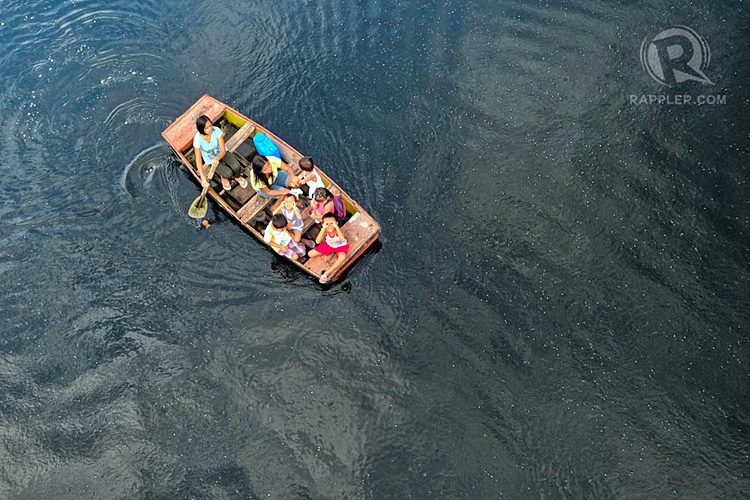
MANILA, Philippines — When the rain comes, so do the floods. But it rises and ebbs. That’s how the whole world flows. Strangely, in this part of the world, chest-deep floodwaters have never receded in the last 10 years.
Since 2004, some 200 families have lived in the floating world of Artex Compound in Malabon City. They have not seen the land where their houses stand in the last decade.
The last time 57-year-old Corazon Fernandez saw the streets they used to walk upon, was during the wake of her husband, Moises Fernandez. And as far as the former factory worker at Artex can remember, it was also the last time any service was held at the community chapel.
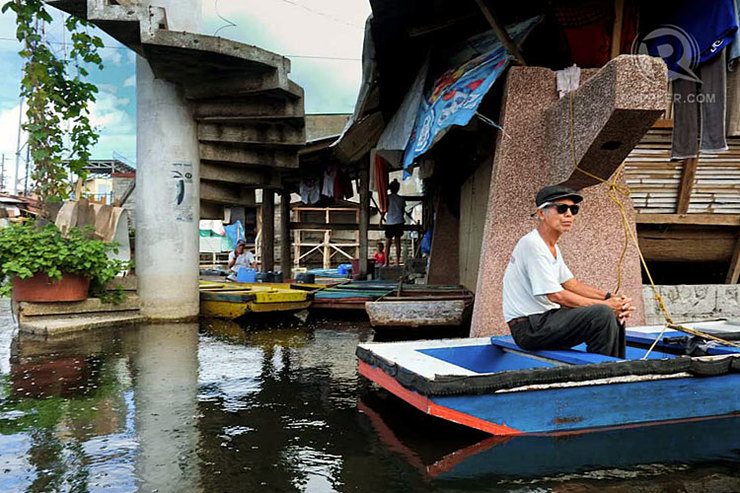
The eight-hectare property was originally a housing compound for the workers of Artex Yupangco Textile Mills Corporation, said to be one of the largest textile manufactures in the Philippines in the ‘70s.
But in 1984, the workers went on strike. They claimed they were underpaid and complained of inhumane working conditions. Allegedly, the Artex management said the workers’ low wages were compensated by the rent-free housing they provided. On the other hand, the workers refused to vacate the housing compound unless their demands are met. Inevitably, an impasse ensued.
Artex ceased operations in 1989, partly because of the labor row and partly because of the worsening flood situation in Malabon.
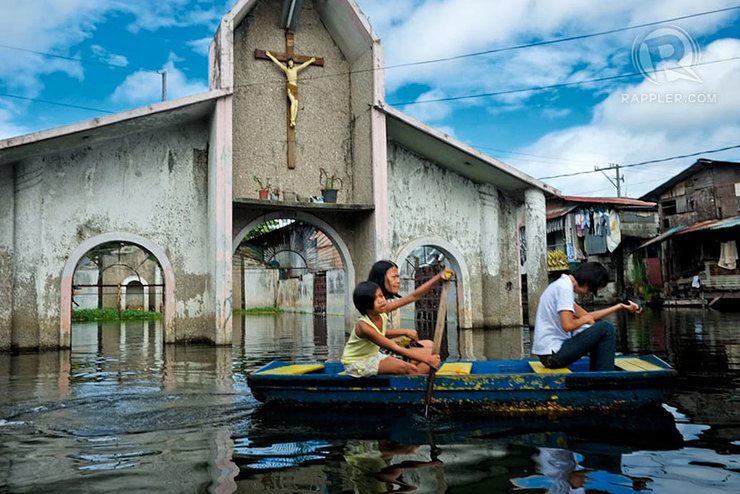
Corazon said many factors contributed to the devolution of their housing compound into a permanent catch basin for rainwater. She claimed many fishponds were turned into relocation sites for informal settlers and gated villages for the moneyed class.
The rapid urbanization of Malabon also saw surrounding roads being elevated, leaving Artex as the lowest lying land in the entire city.
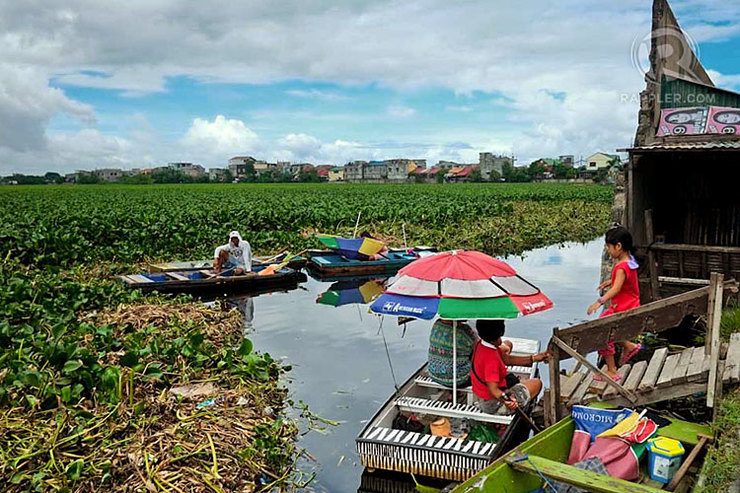
Ironically, despite having water everywhere in the Artex Compound, the residents don’t have direct access to clean and potable water. Everyday, they row their boats, fill up an average of eight 5-gallon containers at the water pump by the gate, then row back to their homes. They use it to wash dishes, clothes, and themselves. They also need to order purified drinking water from nearby refilling stations.
The Artex residents, who include the workers from the textile factory and their families, also struggle with liquidity. Since their work stoppage 30 years ago, the eventual closure of the Artex factory 5 years later, and the permanent flooding of the housing compound in 2004, they have had to look for other means of livelihood to support their families.
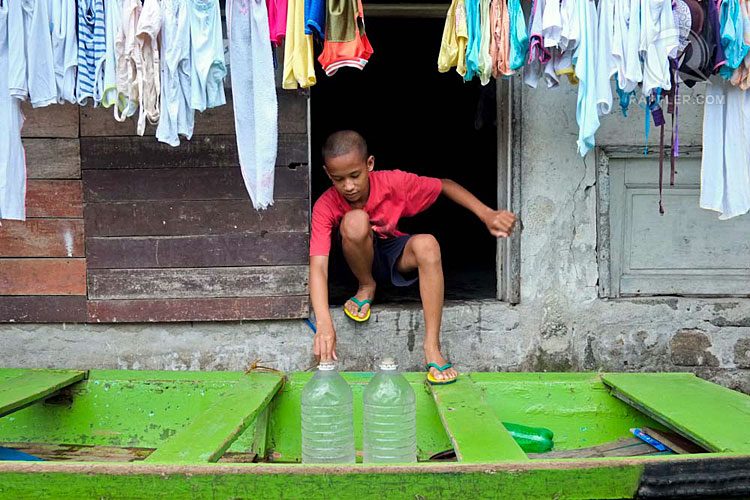
Rose Fernandez, Corazon’s daughter-in-law, makes a living rowing their makeshift boat, ferrying passengers from the water-filled compound to dry land. Along with other boat-rowers in the compound, she earns a meager P200 (US$5) per day. Others drive pedicabs, while others find casual work.
Thirty years have passed since the workers demanded for their separation pay, back pay, and housing benefits, but they say they have yet to get justice. According to Corazon, the Artex labor case seems to have drowned in the sea of issues being attended to by the courts and the national government. But sink or swim, they vow to fight on.
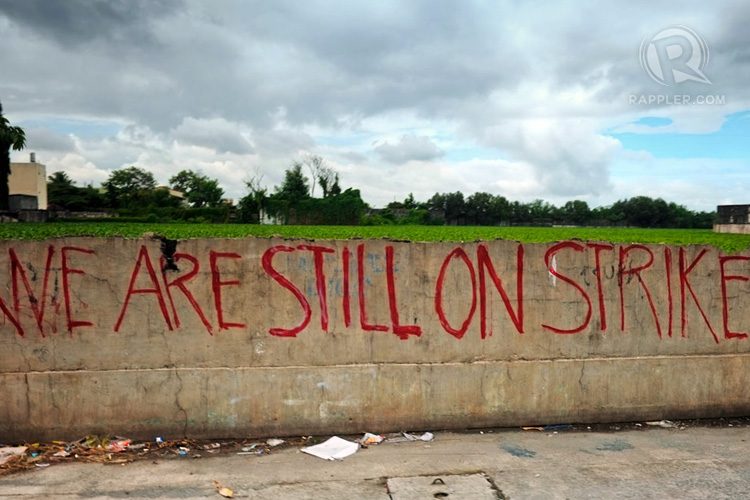
Corazon and Rose admit life is hard for Artex residents. But they say they have no other place to go. They say others were offered to be relocated elsewhere, but they outrightly refused. They say others have tried to find homes outside the confines of the compound, but find themselves returning to this waterworld village. In fact, when fire broke out in one of the housing complexes, the victims built new houses on stilts inside the compound.
Oddly, the floating world of Artex has been dubbed “the Venice of Malabon” by some bloggers. Misnomer or not, for Corazon and Rose, along with the rest of the 200 families living in this community in Barangay Panghulo, this is their home.
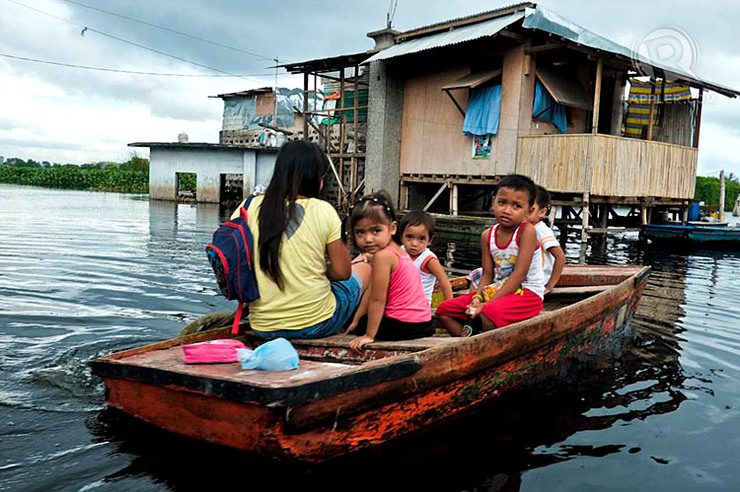
– Rappler.com
Add a comment
How does this make you feel?
There are no comments yet. Add your comment to start the conversation.